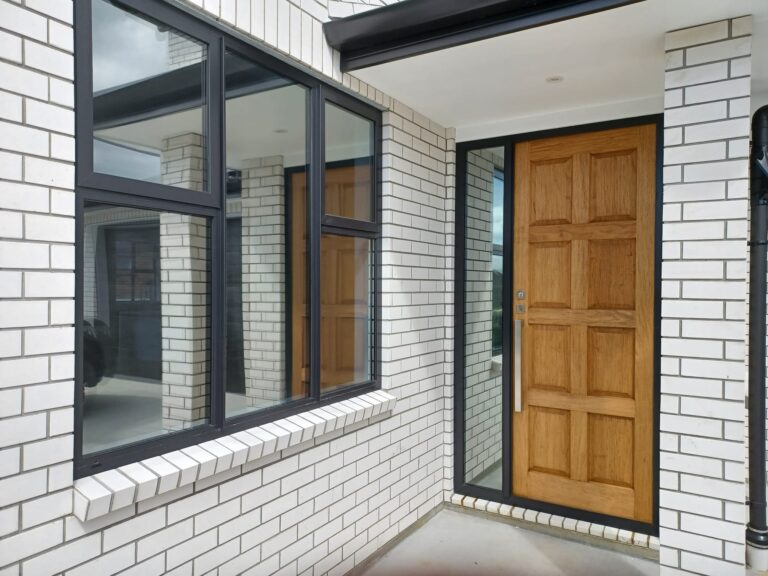Many patients often wonder, “Why are root canals so expensive?” when faced with this common dental procedure. A root canal treatment is designed to save a natural tooth by removing infection, sealing the canals, and restoring functionality. While it is often considered a vital solution to avoid extractions, the complexity of the process and the precision required make the cost higher than some expect. Understanding the reasons behind the expense helps patients make informed decisions about their dental care while appreciating the long-term benefits of saving natural teeth.
What is Root Canal Treatment and How It Works?
A Root Canal Treatment In Dubai involves removing infected or damaged pulp inside the tooth, carefully cleaning the canals, and then sealing them to prevent reinfection. Patients often ask, “Why does a root canal cost more than a filling?” The answer lies in the fact that fillings repair surface-level cavities, while root canals treat deep infections inside the tooth structure.
The process usually includes:
-
Detailed examination and X-rays
-
Removal of infected tissue from the pulp chamber
-
Disinfection of the root canals
-
Sealing with filling material
-
Placement of a dental crown in most cases for strength
This level of precision, specialized instruments, and time explains why root canals are more expensive than other restorative treatments.
Importance of Treatment and Why It Costs More:
The importance of a root canal treatment cannot be underestimated. Without treatment, the infection can spread, leading to abscesses, tooth loss, or even health complications. Patients often compare it to extractions, asking, “Is it worth paying for a root canal instead of pulling a tooth?” The clear benefit is that a root canal saves the natural tooth, which avoids the need for replacements like implants or bridges.
Factors that make root canals cost more include:
-
Advanced technology such as digital imaging and rotary instruments
-
Time-intensive procedures depending on the number of canals
-
The skill and expertise required for complex cases
-
Restoration with crowns for durability and function
By choosing a root canal, patients invest in keeping their natural tooth, which often reduces long-term expenses linked to replacements.
Types of Treatment and Variations in Cost:
The question “Why are some root canals more expensive than others?” is common among patients. The cost can vary depending on the type of tooth, its location, and the complexity of the treatment.
Types of root canal treatments:
-
Anterior root canal – Front teeth, usually simpler with fewer canals.
-
Premolar root canal – More complex due to additional canals.
-
Molar root canal – The most expensive, as molars often have three or more canals.
-
Retreatment root canal – Needed when a previous procedure fails, making it more complicated.
-
Root canal with crown – Required for long-term protection, adding to the overall expense.
Patients often ask, “Why is a molar root canal more expensive than a front tooth root canal?” The reason is simple: molars have more canals, are harder to access, and require more time and precision.
Preparation and Aftercare That Influence Cost:
Another reason patients wonder “Why do root canals cost so much?” is the preparation and aftercare involved. Unlike a simple filling, a root canal requires multiple steps before, during, and after the procedure.
Preparation includes:
-
Dental imaging to map the canals
-
Local anesthesia for comfort
-
Isolation of the tooth with special equipment
Aftercare includes:
-
Placement of a temporary filling if treatment requires multiple visits
-
Follow-up to monitor healing and prevent reinfection
-
Final restoration with a permanent filling or crown
Additional factors affecting cost:
-
Emergency treatment often costs more
-
Complex cases may require advanced equipment
-
Patients may need crowns, which add to the expense
This step-by-step approach is why a root canal is priced higher than many other dental procedures.
Ideal Candidate and How to Choose the Right Clinic:
Patients often search for, “Who needs a root canal and is it worth the expense?” The ideal candidate is someone with an infected pulp but with enough healthy tooth structure to be saved. Those with deep cavities, cracks, or trauma often require this treatment.
Ideal candidate for root canal:
-
Severe tooth pain or sensitivity to heat and cold
-
Swelling around the gum line
-
Darkening or discoloration of the tooth
-
Persistent infection despite other treatments
When choosing the right clinic, patients should consider:
-
Availability of modern equipment for accuracy
-
Experience in handling complex root canal cases
-
Options for crowns or restorations after treatment
-
Reviews and patient feedback about long-term success
By selecting the right place for treatment, patients ensure they are getting value for the money spent.
Risks, Benefits, FAQs, and Conclusion:
Like any medical procedure, Root Canal Treatment have both risks and benefits, which also influence cost perception.
Risks:
-
Possible reinfection if canals aren’t fully sealed
-
Tooth may weaken without proper restoration
-
Rare complications requiring retreatment
Benefits:
-
Preserves the natural tooth
-
Relieves pain and restores chewing function
-
Prevents spread of infection to other teeth
-
Provides a long-term solution compared to temporary fixes
FAQs
-
Why are root canals more expensive than fillings? Because they involve treating inside the tooth, not just the surface.
-
Do all root canals require crowns? Not always, but most molars benefit from crowns for durability.
-
Is a root canal worth the expense? Yes, because it saves the natural tooth and prevents future costly replacements.
-
Why is a molar root canal more costly than front teeth? Molars have more canals and require more time and precision.
-
Can root canals fail even after paying so much? In rare cases, yes, but retreatment or alternatives may be possible.
Conclusion:
So, “Why are root canals so expensive?” The answer lies in the complexity, technology, and expertise required to successfully complete the treatment. A root canal treatment is not just a simple filling but a detailed process aimed at preserving a natural tooth, preventing infection, and ensuring long-term dental health. While the cost may seem high initially, the benefits of pain relief, natural tooth preservation, and avoiding more expensive replacements make it a worthwhile investment. Ultimately, the expense reflects the value of maintaining oral health, comfort, and functionality for years to come, proving that a root canal is a treatment worth every penny.



